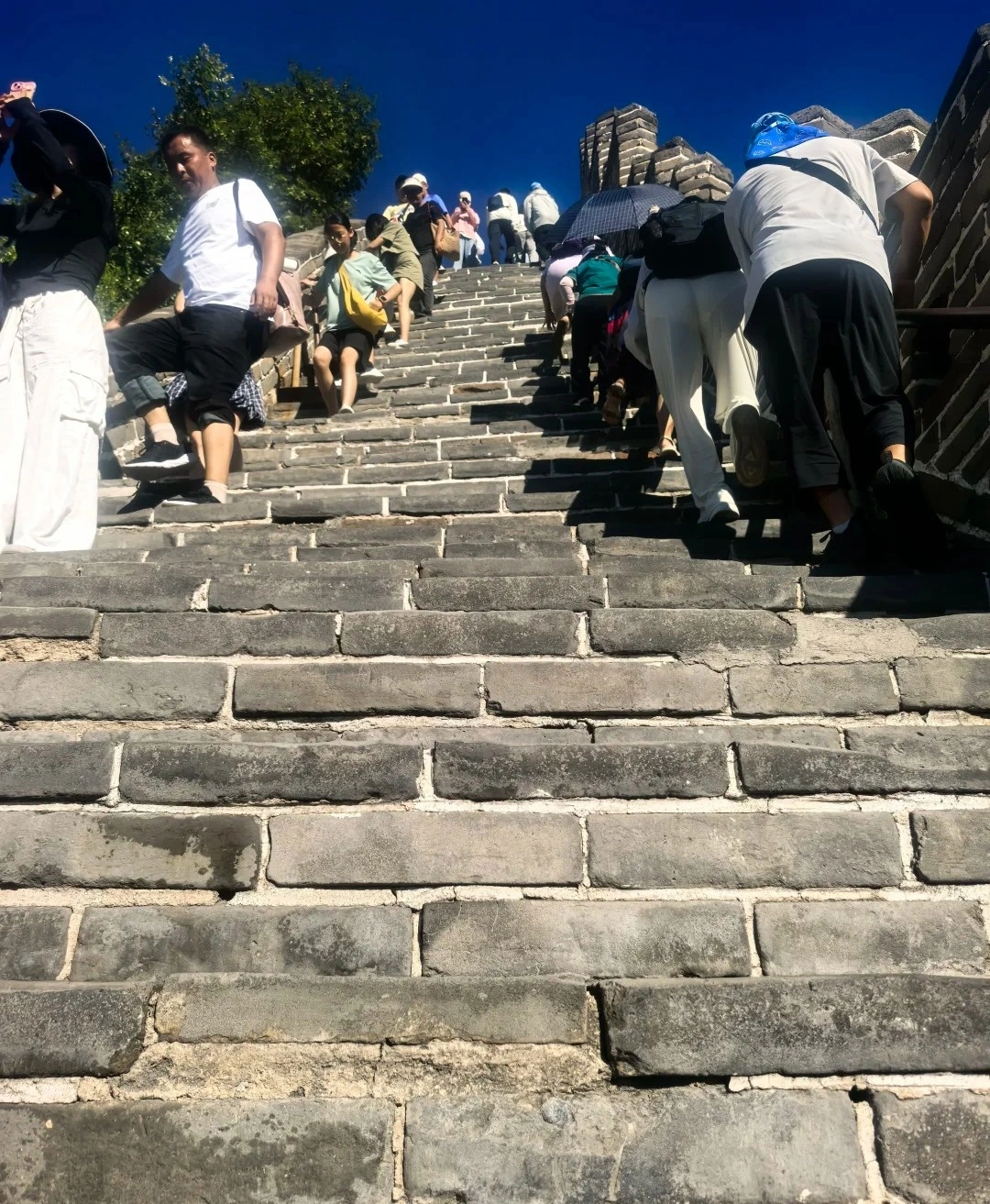White Horse Temple
Historical Overview
AD 68: Founded by Emperor Mingdi of the Eastern Han Dynasty after a dream of a golden deity led to the dispatch of envoys to India, who returned with Buddhist scriptures and two monks, Kasyapa Matanga and Dharmaratna.
Tang Dynasty (7th–10th Century): Reached its zenith as a center for Buddhist study, hosting renowned monks like Xuanzang.
Song Dynasty (10th–13th Century): Rebuilt and expanded, with the current layout largely preserved from this period.
19th–20th Century: Survived wars and upheavals, with restoration efforts in the 1970s and 1980s reviving its grandeur.
21st Century: Designated a National Key Cultural Relic Protection Unit, hosting international Buddhist conferences and cultural exchanges.
Structural Layout
The temple’s layout follows traditional Chinese Buddhist architecture, with a central axis and symmetrical wings:
Mountain Gate (Shanmen): The grand entrance flanked by guardian deities.
Hall of Heavenly Kings (Tianwang Dian): Houses statues of the Four Heavenly Kings, symbolizing protection and harmony.
Hall of Mahavira (Daxiongbaodian): The main hall, housing a gilded statue of Sakyamuni Buddha, flanked by Bodhisattvas Manjusri and Samantabhadra.
Cooling Tower (Qielou): A two-story pavilion housing ancient Buddhist scriptures and relics.
Pagoda Forest: Six brick pagodas from the Tang to Ming dynasties, including the Qipan Pagoda (10th century).
India-Style Hall (Yindushi Fojiao Dian): A unique structure built in 1942, blending Indian and Chinese architectural elements.
Dharma Hall (Fajiao Dian): Features murals depicting the journey of Buddhist scriptures to China.
Major Attractions
Hall of Mahavira: The temple’s heart, with a 16.5-meter-tall Sakyamuni statue carved from a single white marble block (Ming Dynasty).
Pagoda Forest: A cluster of ancient pagodas, including the octagonal Qipan Pagoda, known for its intricate brick carvings.
India-Style Hall: A rare example of Indo-Chinese architectural fusion, with vaulted ceilings and carved pillars.
Stele of the Six Translators: A Tang Dynasty stele commemorating monks who translated Buddhist texts into Chinese.
Peace Bell: A 2,000-kg bronze bell cast in 1991, rung during Festivals for auspicious blessings.
Cultural Significance
Buddhist Pilgrimage Site: The birthplace of Chinese Buddhism, attracting monks and scholars for centuries.
Architectural Heritage: Showcases the evolution of Buddhist temple design, from the Tang to the Qing dynasties.
Silk Road Legacy: Embodies cultural exchange between China, India, and Central Asia, as evidenced by its statues and scriptures.
Literary Inspiration: Mentioned in classic texts like Journey to the West, where it is the starting point of Xuanzang’s pilgrimage.
Suggested Itineraries
Classic Route (1–2 Hours)
Mountain Gate → Hall of Heavenly Kings → Hall of Mahavira → Pagoda Forest → India-Style Hall.
Highlights: Iconic statues, pagodas, and architectural diversity.
Cultural Depth Route (3–4 Hours)
Mountain Gate → Hall of Heavenly Kings → Hall of Mahavira → Cooling Tower → Stele of the Six Translators → Dharma Hall → India-Style Hall → Peace Bell.
Highlights: Historical relics, scriptures, and the temple’s role in Buddhism’s spread.
All-Day Exploration (Full Day)
Morning: Main halls, pagodas, and stele pavilion.
Afternoon: Dharma Hall, India-Style Hall, and participation in Buddhist rituals (e.g., chanting, meditation).
Evening: Attend a lecture on Buddhist philosophy or explore the temple gardens.
Highlights: Comprehensive cultural immersion, including interactive experiences.
Ticket Purchase
Online: Book via official platforms (WeChat, Ctrip) up to 7 days in advance.
On-Site: Adults ¥35; students/seniors ¥17.50; free for children under 1.2m.
Guided Tours: ¥100–200 for 2-hour tours (English/Chinese).
Transportation
By Subway: Luoyang Metro Line 1 to Baima Temple Station (Exit D), 5-minute walk.
By Bus: Routes 56, 58, 87, or 91 to Baima Si Stop.
By Taxi: Direct to “Báimǎ Sì”
Parking: On-site parking available (¥5/hour).
Best Time & Tips
Avoid Crowds: Visit early morning (8–10 AM) or weekdays.
Festivals: Attend the Buddha’s Birthday celebrations (April/May) or Lantern Festival (February) for vibrant rituals.
Dress Code: Modest clothing recommended (shoulders and knees covered).
Essentials: Bring cash for offerings; photography allowed (no flash in halls).
Prohibited Items: Alcohol, meat, and loud behavior.
Contact Us
What Our Clients Say?
Based on 10,000+ traveler reviews






FAQ
How long is recommended to visit White Horse Temple?
2–3 hours for sightseeing; 4 hours with the International Hall Area and cultural exhibitions.
What major Buddhist events are held at White Horse Temple annually?
Buddha’s Birthday (April 8th lunar month), Ullambana Festival (July 15th), and New Year’s Eve prayer ceremonies.
Is there direct transport from Longmen Grottoes to White Horse Temple?
No direct buses; take Metro Line 2 to Luoyang Railway Station, then transfer to Bus 56 (total 1.5 hrs).
What’s the last bus time for public transport near White Horse Temple?
Buses 56/58 depart downtown until 19:00; taxis are available 24/7.
What etiquettes should visitors note in White Horse Temple?
Dress modestly (no shorts/skirts), remove shoes before entering halls, and avoid pointing at statues.








